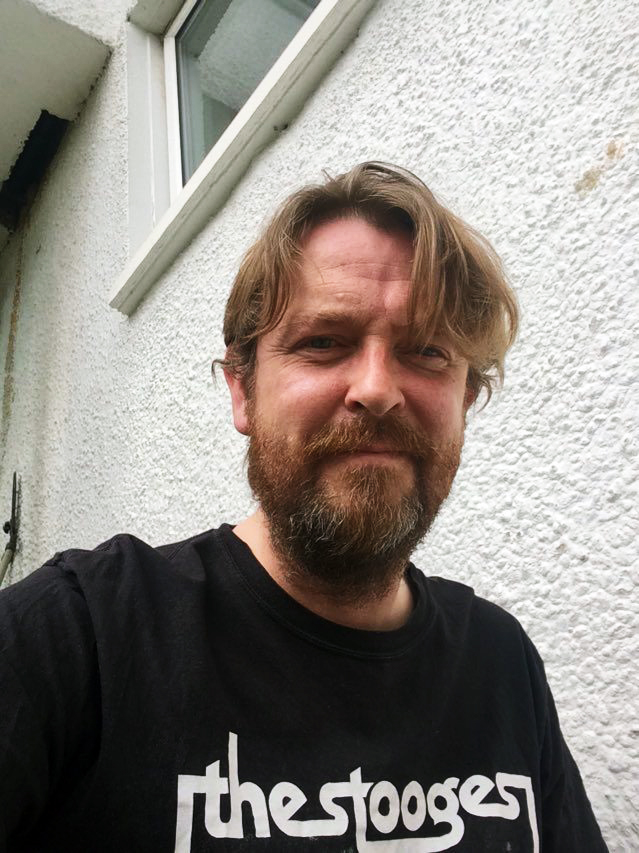Revealed: the barriers to political participation in Scotland
A major study into the experiences of Scottish local elections candidates has revealed a clear lack of diversity among councillors.
The Equality and Human Rights Commission (EHRC) review, the first of its kind, examined the barriers to participation in standing for election to local government in Scotland.
Released on International Women’s Day, the research found that women were underrepresented, with only 29% of all councillors against 51% of Scotland’s population, with similar evidence of underrepresentation by race and age.
A significant proportion of participants had experienced unwanted behaviour that they had found to be humiliating, offensive or intimidating – 48% of women candidates who responded to our survey had experienced this behaviour, and 12% of male candidates.
Lesley Sawers, EHRC Scotland commissioner, said: “While we have seen some progress in greater diversity among elected politicians, with representation among women, disabled people, ethnic minorities and young people, across all levels of government, across Scotland, poor compared to the general population.
“It’s really worrying that almost half of all women surveyed say they have experienced harassment and a smaller number of ethnic minority candidates have experienced racial harassment.
“The diversity of elected local politicians is clearly important, with key decisions undertaken at local government level. However, it is also important, given local politicians form a crucial part of the pool of potential candidates for selection at other levels of government, including Holyrood and Westminster.
“Without improving diversity among elected officials at the local level, it may be more difficult to make progress across elected politics.”
The study found that data is not often systematically collected by political parties, on levels of representation from membership, through to approved lists of candidates, candidates for selection and candidates for election.
This makes it impossible to know whether other protected characteristic groups, such as disability and sexual orientation, are underrepresented and is a key barrier to ensuring parties understand and take action to tackle their diversity problems.
The EHRC is calling on the UK government to bring into force s106 of the Equality Act 2010 which places a statutory obligation on political parties to collect and publish information relating to the protected characteristics of candidates for the UK Parliamentary, European, National Assembly for Wales and Scottish Parliament elections.
The study found that while some political parties are taking action to improve the diversity of their elected candidates, including quotas, all-women shortlists and reserved places, others have little policy or procedures in relation to diversity.
Most activity is around promoting the representation of women, with less focus on other groups, such as disabled people or ethnic minorities.
Those with hidden protected characteristics, for example mental ill-health, sexual orientation and gender identity, face specific barriers.
The reactions of party members and voters were sometimes less positive than the reaction to more obvious and visible characteristics.
Research participants felt that parties needed to do more in response to reports of discrimination, harassment or inappropriate behaviour.







